At 11 years old, Xiaomi has been known as the Apple of China for years. The reason for this was undoubtedly the MIUI interface, which was similar to iOS. This software, which was first released on August 16, 2010, was blending Android with various features.
A new version of MIUI, the main unit of Xiaomi models, is released every year. How did the interface, which won the appreciation of many people with its colorful structure and functional features, come to these days? Here is the development of MIUI…
MIUI V1
The first MIUI version was based on Android 2.1 Froyo. No Xiaomi skins released were equipped with Android 1.0 (Apple Pie) and Android 1.1 (Banana Bread, Cupcake, Donut, Eclair and Honeycomb).
The interface, which was introduced to the global market on September 20, 2010, referenced the name of the company’s first model, the “Mi 1”. The “UI” (interface) suffix brought to the Mi name brought people together for the first time with the Android-iOS synthesis Xiaomi interface.
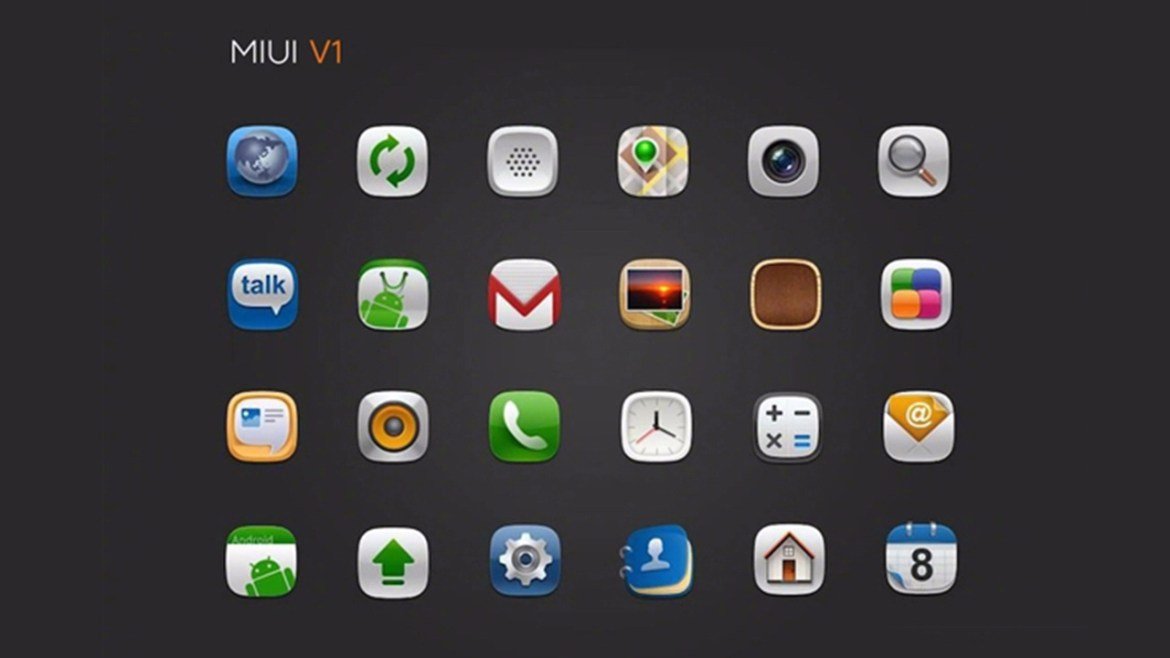
MIUI V2
After the phones it launched, Xiaomi, which gained a considerable audience in its domestic market with its first version, presented MIUI V2 to users. The version, which was also based on Android 2.1 at first, was later updated to Android 2. 3. 6. In MIUI V2, only application icons were played.
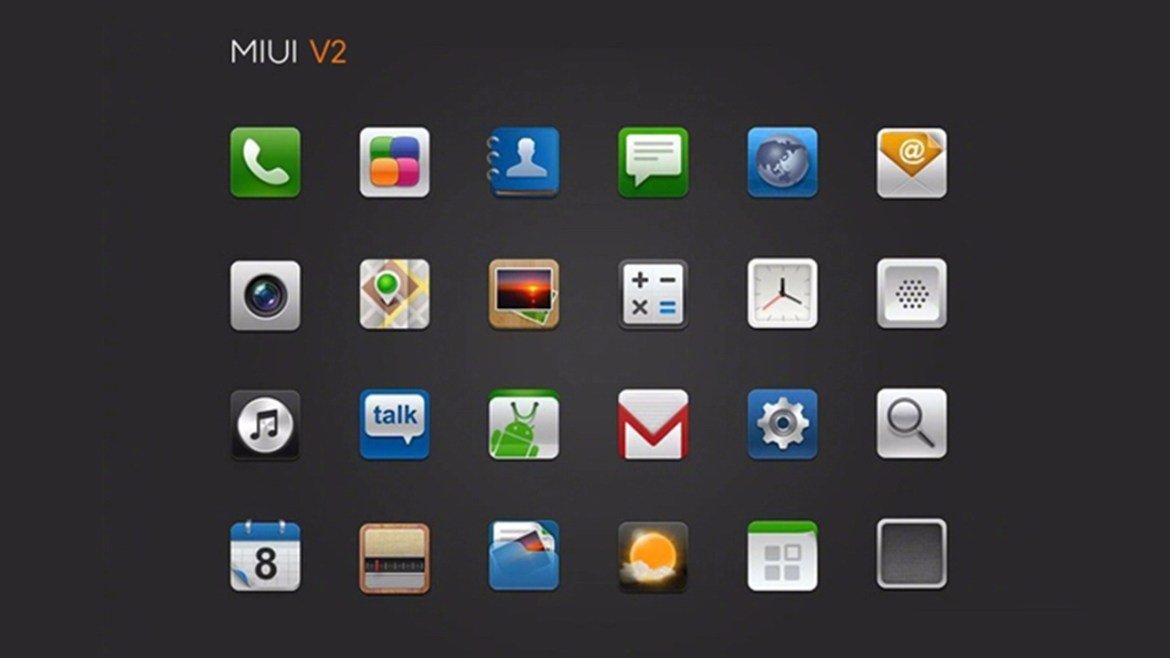
MIUI V3
The third update, which is quite similar to other interface versions, was introduced in 2012. The beta process of MIUI V3 accelerated the transition to Android 4. In this version, which is more aesthetic than previous versions, the user interface has also been updated.
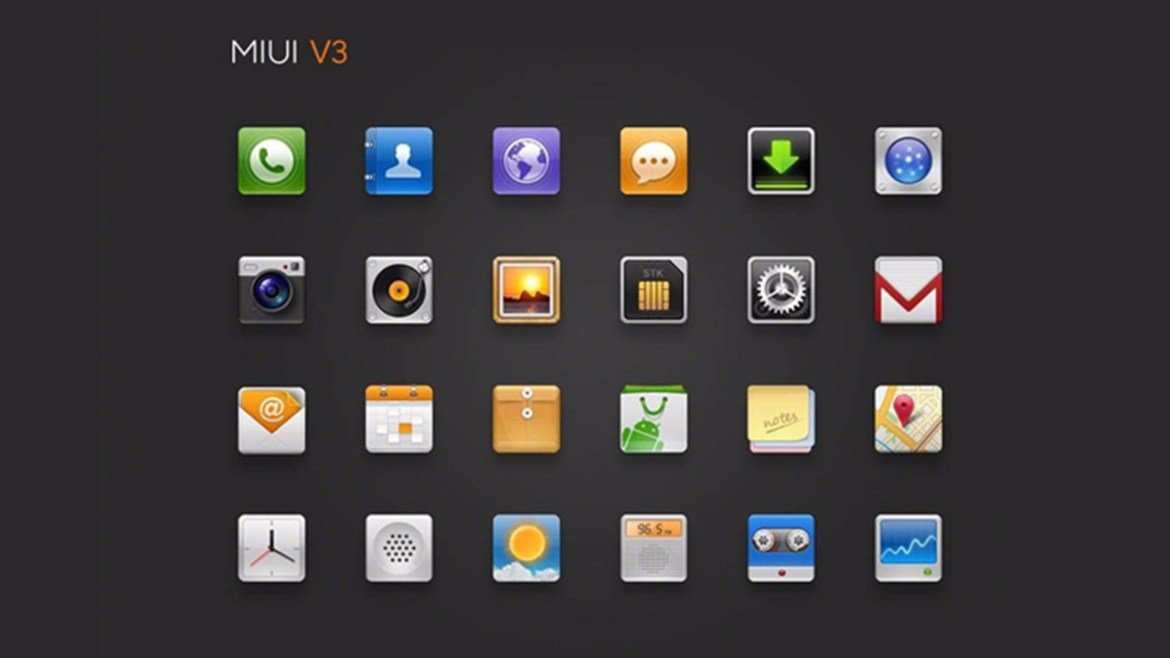
MIUI V4
Continuing to become popular, Xiaomi announced its first interface based on Android 4.0 in February 2013. In addition, the last version before the revolution that will take place in the near future was MIUI V4. Many new system apps, from the App Store to Themes, were also included in the fourth major update. The antivirus system was also made available for the first time on Xiaomi devices.
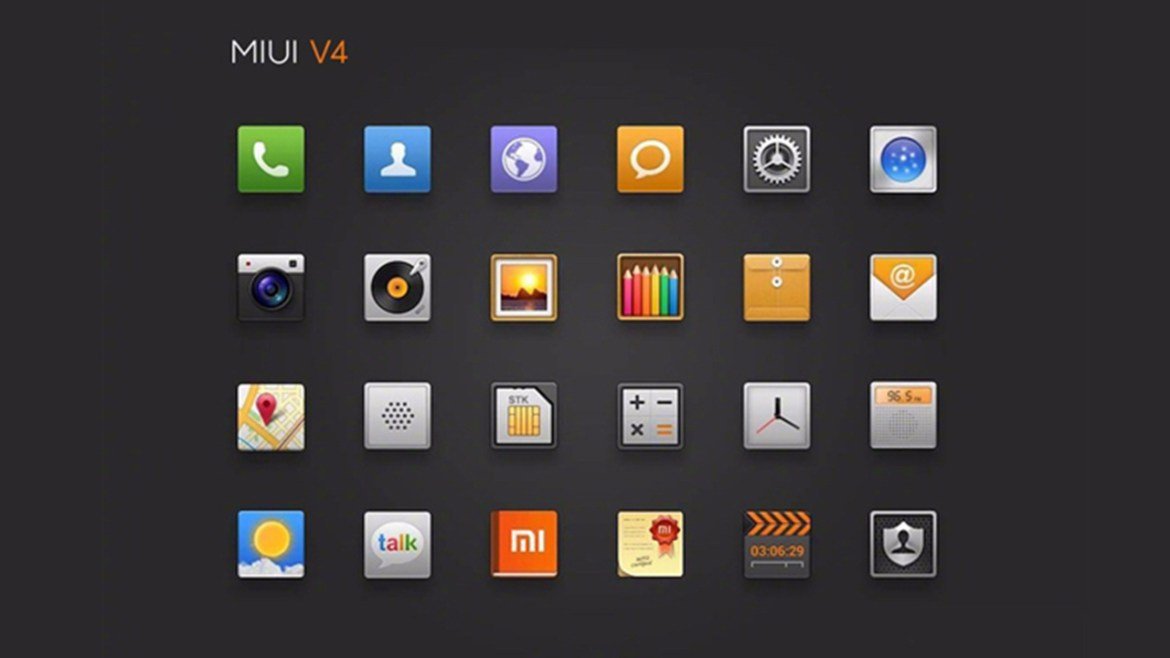
MIUI V5
Giving up the design line that has been going on for years, Xiaomi has made a revolution with MIUI V5. New icons, which are still legendary for many people, were included in this version of MIUI. Introduced on March 1, 2013 and bringing Android 4. 1.2 and Android 4. 4.2, the interface was also edited for Google applications. Google Services was removed in the Chinese version of the release.
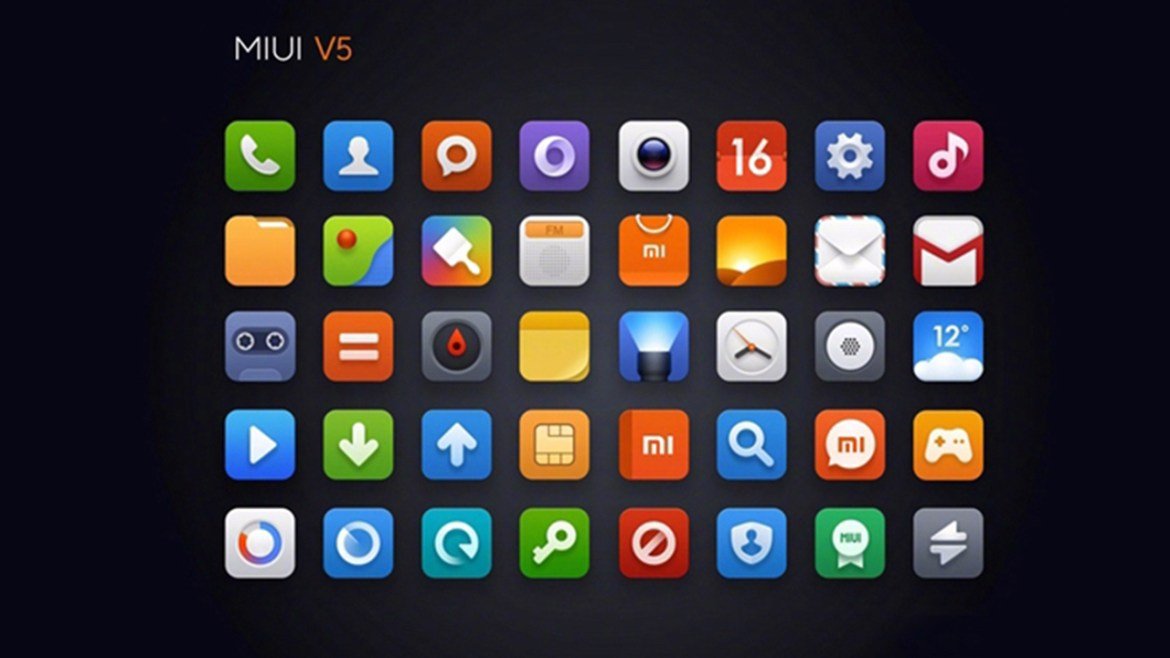
MIUI 6
Changing the icons in the previous version, Xiaomi released a new update on August 29, 2014. In this version, the manufacturer, who went to edit the name side, removed the V tag from the versions. In addition, the icons have become simpler. Finally, the Android version included in MIUI 6 was 5.0.
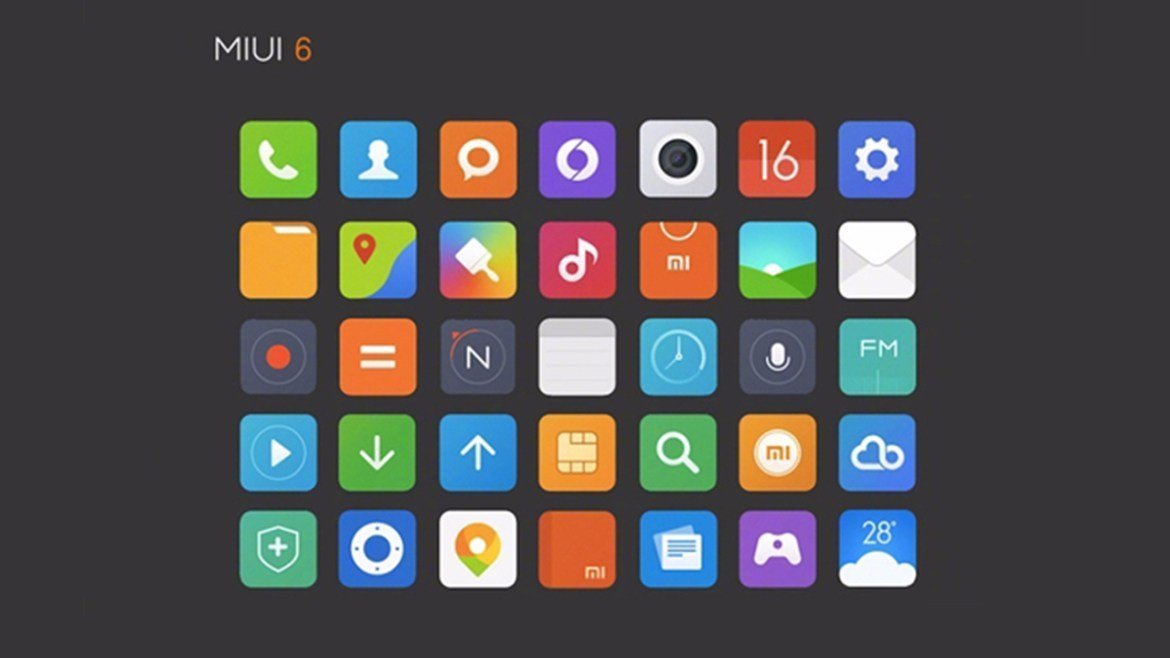
MIUI 7
The Xiaomi interface, which continues to develop, has many modes with MIUI 7. Innovations such as DND mode, Child mode and Data Saver have been added to the interface in this version. In addition, Bootloader unlocked phones, which are still in our lives, appeared in this version. All phones introduced since then have had this protection. In MIUI 7, more performance and ease of use came to the fore.
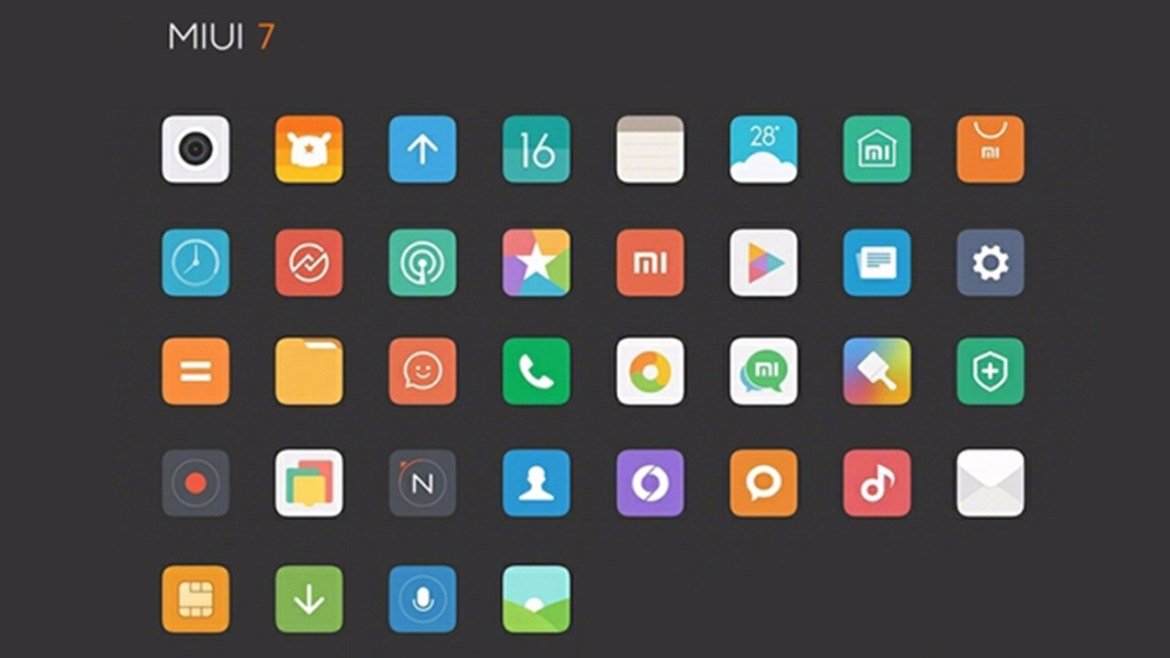
MIUI 8
MIUI 8 announced in 2016; It brought with it two big features such as Second Space and Dual App. These innovations, which have been lovingly used by users for years, were among the most popular of the eighth version with Android 7.1.1. In addition, the update had minor interface and icon changes.
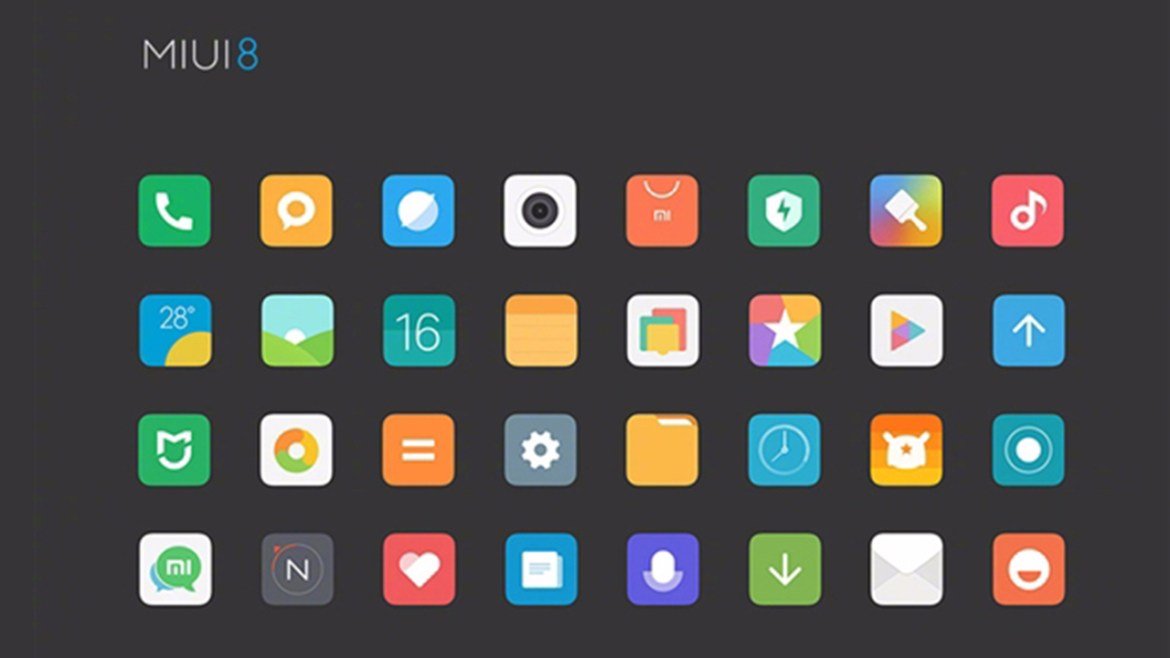
MIUI 9
Starting to become popular in Turkey, Xiaomi shared the MIUI 9 update with the user in 2017. In addition to the classic icons, the manufacturer included a more aesthetic icon pack, according to some, in this version; split screen, new transition effects, face recognition system and more successful notification panel to the user with MIUI 9.
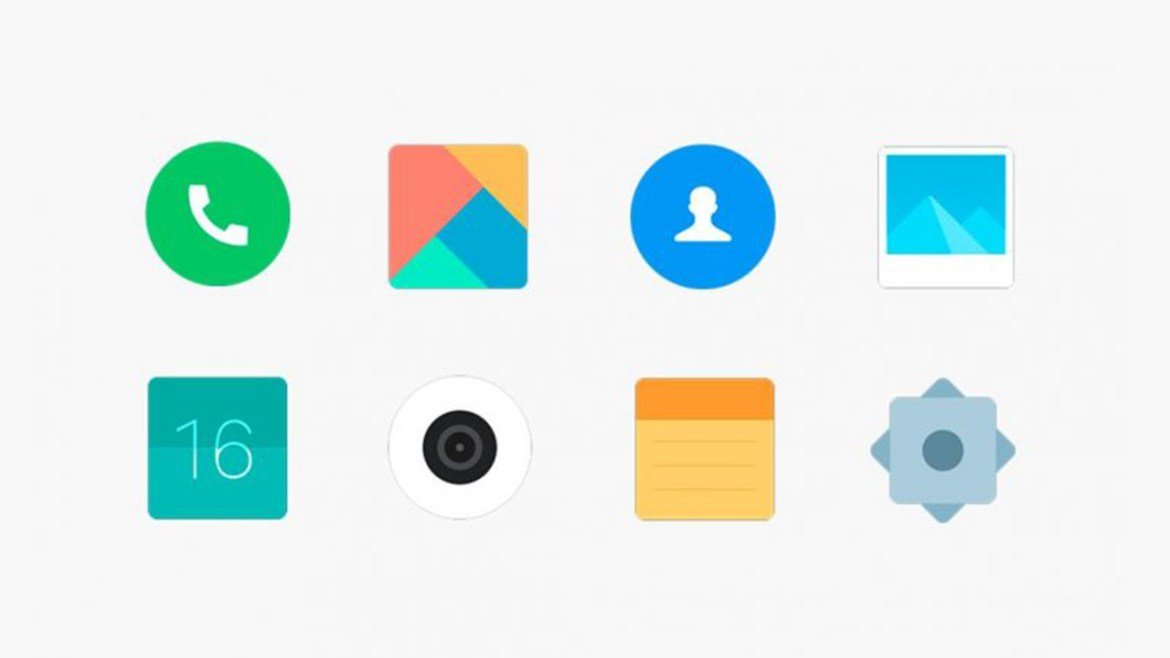
MIUI 10
Especially starting to work for a smarter interface, Xiaomi focused on this in the tenth version. In addition to the arrangements made on the camera, the voice assistant called XiaoAI was made available in MIUI 10.
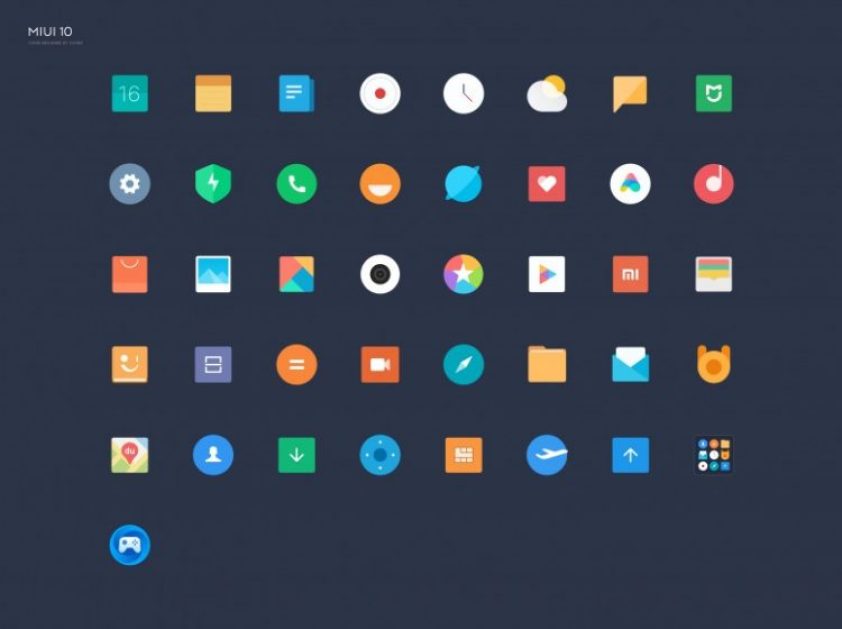
MIUI 11
Introduced on October 22, 2019 and based on Android 10, MIUI 11 once again brought an update to the classic icons. In addition to new icons, new functions such as dark mode, ultra power saving mode, new animations have been included in this version.
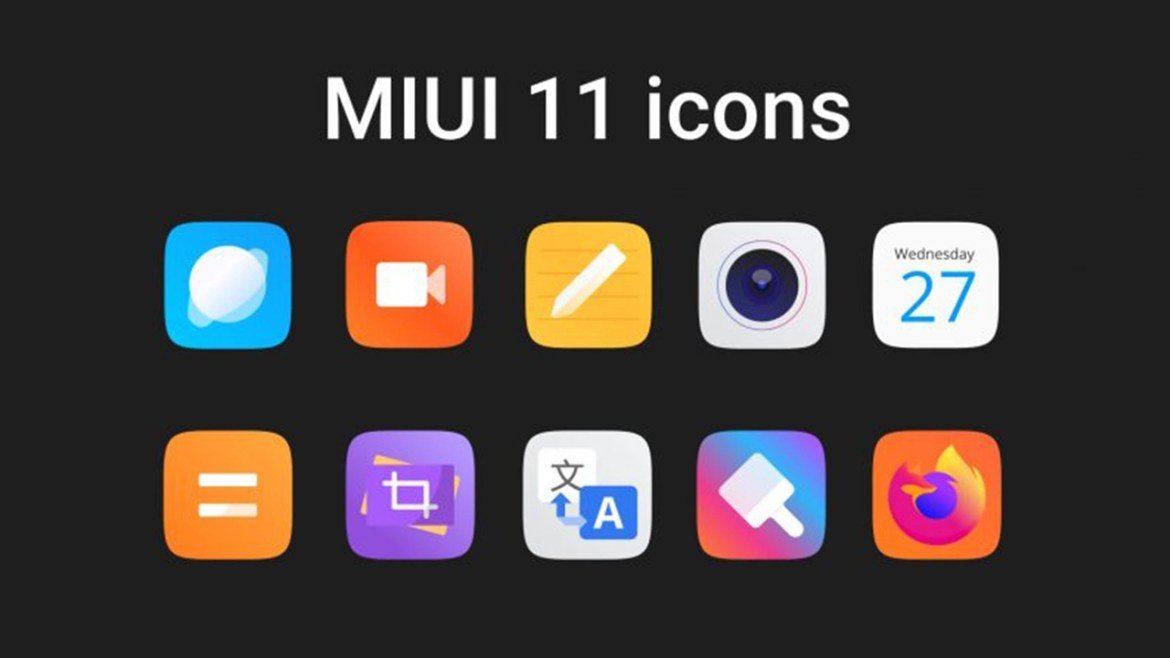
MIUI 12
The most striking of the introduced versions was MIUI 12. Announced in April 2020, the version brought various features on iOS. In addition to application transitions, Super Wallpapers were presented to users with iOS-like notification and taskbar, application vault, floating windows and a new generation dark mode MIUI 12.
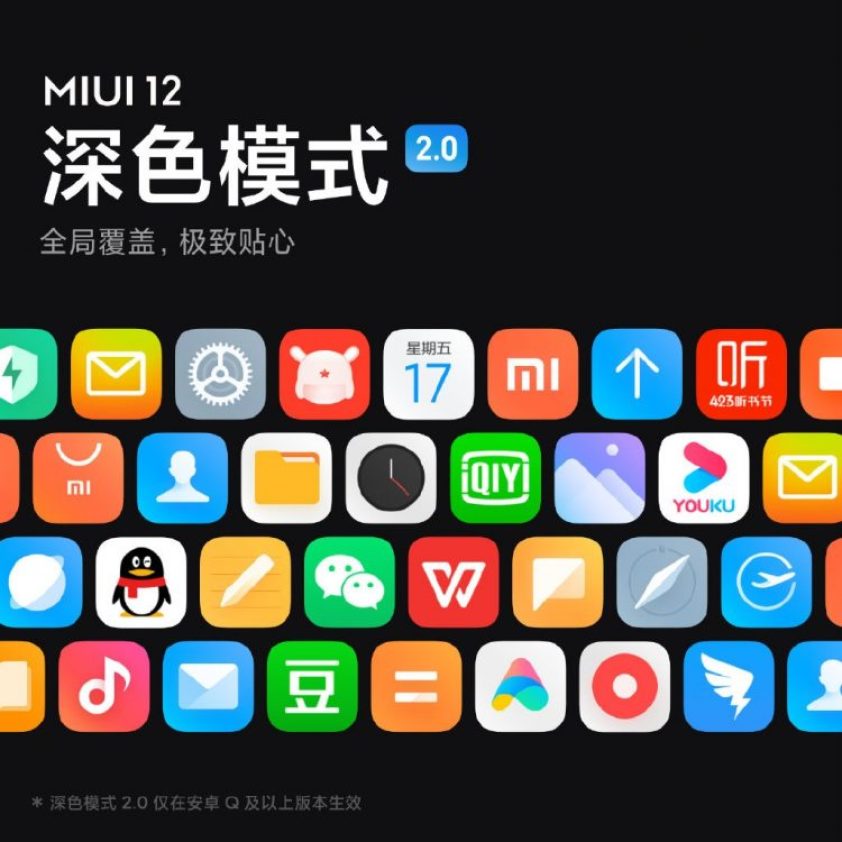
MIUI 12.5
Announced at the end of last year, the interface brought new additions to MIUI 12 before MIUI 13. Apart from new sound effects and new wallpapers, various optimizations were included in this version.
MIUI 13
MIUI 13, which is expected to become official in November of this year, will be blended with new widgets and Android 12. Many Xiaomi and Redmi models will benefit from this update. It is quite possible that we will see iOS inspirations in the interface as usual.
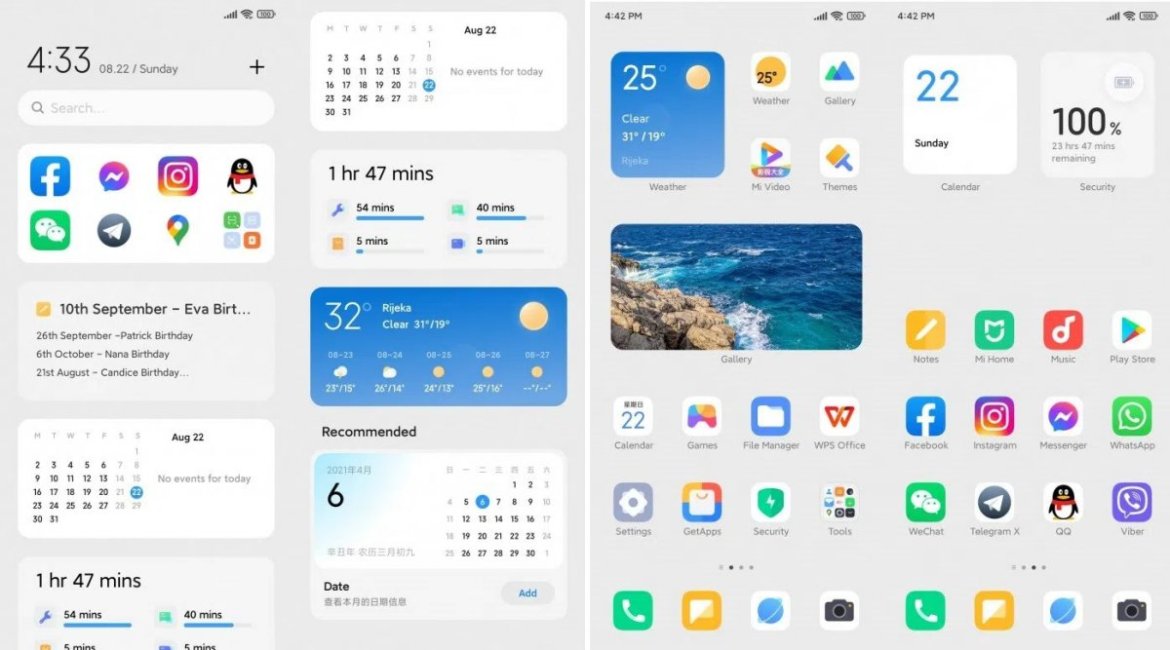
This is how MIUI, which has been in our lives for over 10 years, has developed. The interface, which some people criticize for bugs and others praise for its visual appeal, is one of the most popular and powerful in the market no matter what.
So what do you think about MIUI? Which version is the most remarkable? You can express your thoughts in the comments.